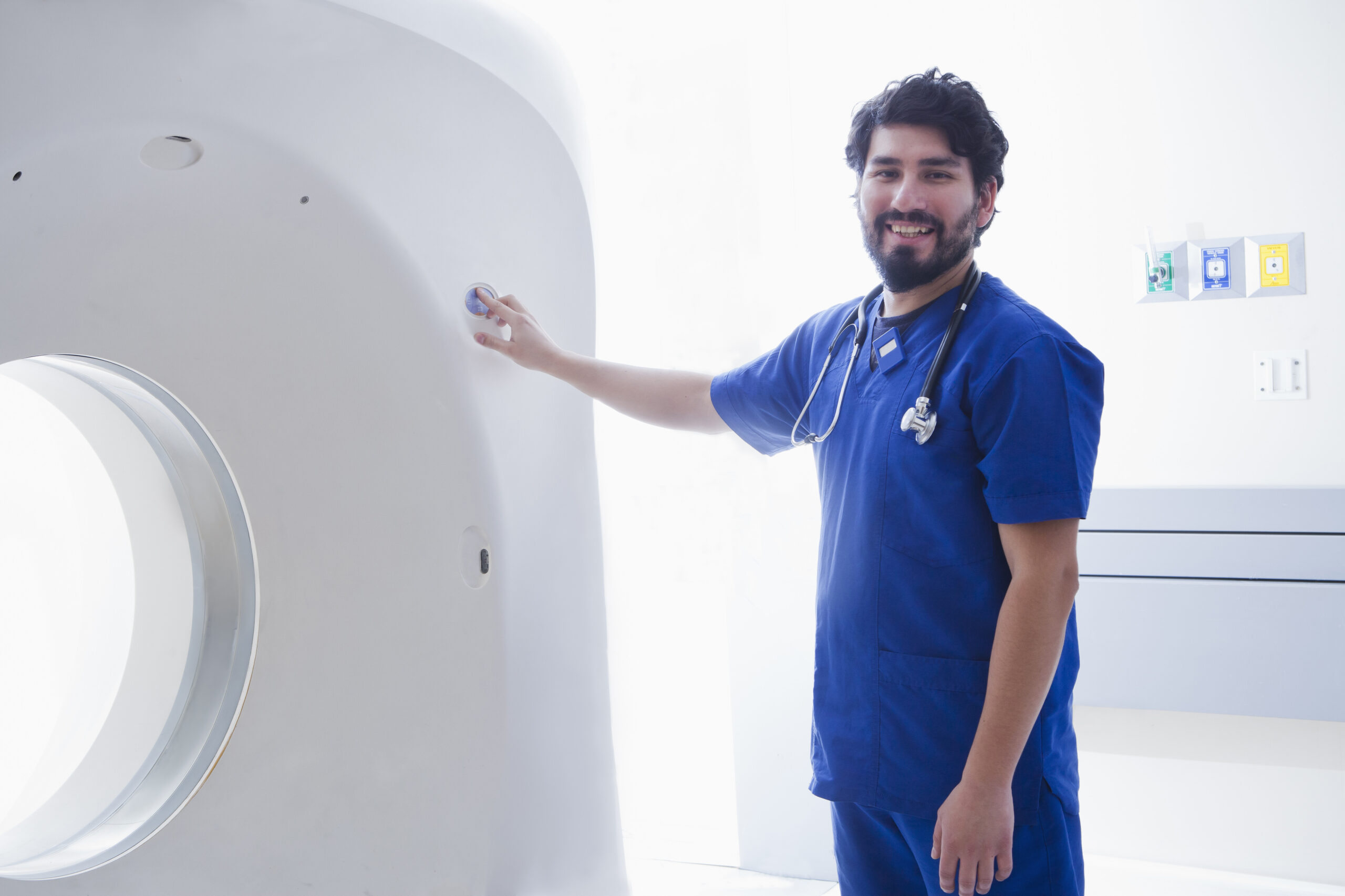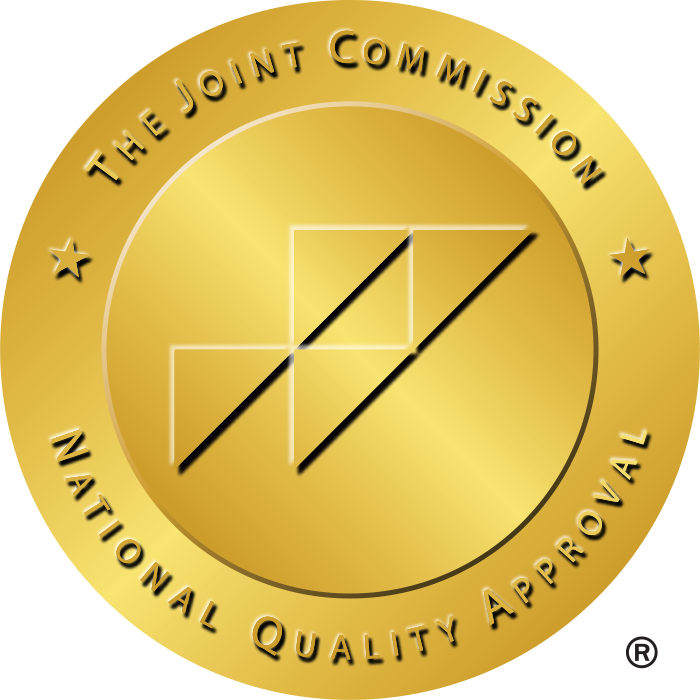A Day in the Life of a Travel Nurse: From Sunrise to Sign-Off
Nursing jobs are very demanding and rigorous. Hence, many nurses opt for a travel nurse job for better work-life balance and flexible schedules. If you are an RN who has worked with travel nurses, you must be tempted by their adventurous tales. However, if you want to make sure that travel nursing jobs are for you, you must be curious to know what a day looks like for a travel nurse before you pack your bags to hit the road.
We are here to help you decide if travel nursing jobs are the right move for you or not. Typically, travel nurses are hired on a need basis to bridge the staffing gap in healthcare facilities. These travel jobs are available all across the US and offer short-term assignments, typically ranging from 8 to 26 weeks.
For travel jobs, you need to be very adaptable and flexible to work in various medical settings. Travel nurses are picked for their extensive skills and experience. Hence, they get various benefits and perks. If you are interested in this career path, let’s unravel a day in the life of a travel nurse!

What Does a Typical Day Look Like for a Travel Nurse Job?
Nursing jobs are nothing close to typical. Each day is a new challenge, a new goal, and something new to learn. Much of the responsibilities of a travel nurse is similar to permanent nurses, such as taking care of patients, conducting physical exams, communicating with patients, families, healthcare teams, coordinating with doctors, monitoring vitals, administering medications, etc. However, they also have to stay updated on the latest medical advancements, medications, and treatment plans.
Most of the travel nurse jobs are available in acute care units, where urgent care is needed. Travel nurses can take various shifts, including day, evening, night, midday to midevening, or 3 p.m. until 3 a.m. However, it also depends on the facility’s requirements and contract. Similarly to permanent RN jobs, most travel nursing job shifts are 12 hours. However, some specialties may have 8 to 10-hour shifts as well.
Every medical facility has its own work routines. However, every travel nurse job has some standards, such as orientation. If you are working with a travel nursing staffing agency, they might provide onboarding assistance, including any necessary training to seamlessly transition into this new role.
Arriving at the Location
Taking a new travel job means a new city, new location, new climate, new colleagues, and everything new. Hence, you may consider arriving early at your location to settle first. Give yourself a couple of days before starting your job for some time adjusting to a new place. This way, you get plenty of time to understand the new schedules and cater to any challenges you have faced during the move.
Another benefit of arriving early is that it gives you some time to explore your new neighborhood, look for shops, and get familiar with your new place. Jet lag can also be a challenge if the travel job is in a different time zone.
Gearing Up for the Shift of Travel Nurse Job
Travel nurses typically start their day early, especially on the first day. This is because starting a new job at a new location, among new people, can be intimidating. Hence, getting a slight headstart can be good to adjust before starting work.
Getting ready for a travel nurse job typically involves the following steps:
- Gear up with comfortable nurse shoes and compression socks to prevent foot fatigue. Also, if you are an expecting woman, consider a maternity scrub to stay comfortable throughout your shift.
- Take necessary things. Usually, travel nurses need to bring their own stethoscopes and scrubs that comply with the medical facility’s dress code. All the other supplies are provided by the hospital.
- Have an adequate breakfast with a proper meal and hydration to maintain energy throughout the demanding shift.
- Commute to the assigned healthcare facility, either by car or public transport. You may need to report early on your first day for handover and instructions.
- Check in on your assigned unit and begin your work by reviewing patient records, monitoring vitals, and completing all the tasks assigned to you by your supervisor.
What Happens When the Day Begins at a Travel Nurse Job?
Once the initial orientation and reviewing period is over, travel nurses dive straight into hands-on patient care. The day begins by getting patient reports from the nurse in the previous shift. Afterwards, the responsibilities are all the same as any other nurse job. Monitor vitals, conduct physical exams, administer medication, assist medical teams, document patient records, etc.
Do Travel Nurses Take Breaks?
Of course, like any other allied travel career or hospitalist job, travel nurses take breaks during their shifts. Maintaining a balanced diet is essential, especially when you are on the move. Hence, travel nurses must take meal breaks even if they have a very busy shift. Hydration is also important, and consequently bathroom breaks.
The stigma about nurses is very strong that they can handle everything. However, nurses are just like you and me and definitely need to step away from work to relax and replenish themselves. Many facilities let travel nurses go outside for some fresh air. However, they are always on call as emergencies can happen at any given moment.
How Does a Travel Nurse End Their Shift?
When the shift nears its end, travel nurses transfer patient care to the nurse in the next shift. Hence, they wrap up their day with final patient roundups for proper details, check the electronic health record (EHR) entries, and finally hand over the reports to the next nurse.
Usually, a travel nurse job does not have overtime. However, it may be involved, which depends on your contract. Hence, make sure to go through your contract thoroughly before signing. Although you may feel obligated to provide care to patients as a healthcare worker, it’s okay to refuse additional shifts or overtime to prioritize your own well-being.
Travel Nurse Job Daily Routines Based on Nursing Specialties
Most RN jobs have the same responsibilities regardless of the unit to which they are assigned. However, some specialty units have different responsibilities than general nursing jobs. For instance, in critical care units, nurses usually care for a couple of patients at a time, providing comprehensive care with full attention. However, emergency nursing jobs often cater to multiple patients at a time in a fast-paced environment.
Ending the Day As A Travel Nurse
Once the travel nurses are off duty, they can finally decompress and relax. Travel nurses can use this time for several things, such as self-care, hobbies, networking, exploring, or even studying for further certifications and advancements.
If you are an adventurer, this is the perfect time to explore the new location, try local cuisine, visit tourist sites, or just unwind and relax. This is also a great time to connect with other travel nurses to network and make friends.
Final Thoughts!
Travel nurse jobs are exciting yet challenging. However, it offers plenty of opportunities to learn new things, explore new locations, network with other healthcare professionals, and grow in your career. Nursing is a wonderful profession, caring for patients and giving them a new chance at life. And this does not change if you choose travel nursing jobs over permanent ones.
If you are considering a career in travel nursing, get connected with the best travel nursing staffing agency today and explore your options.







